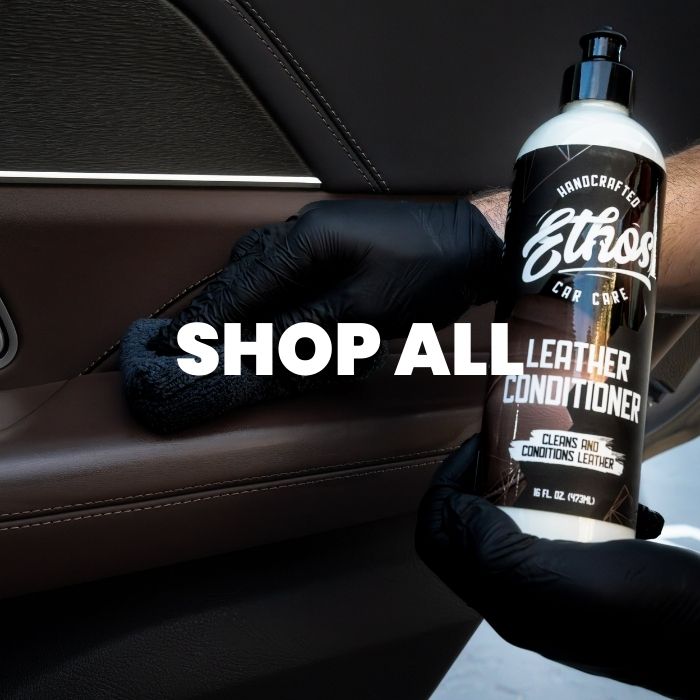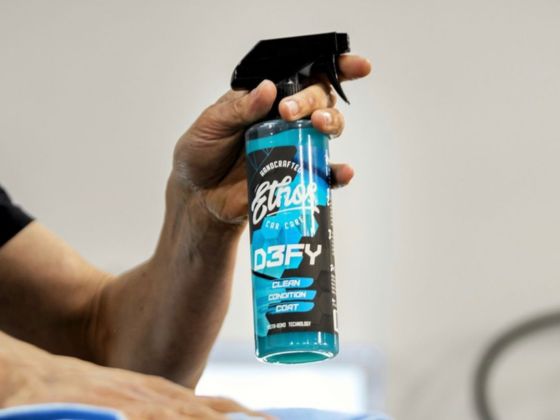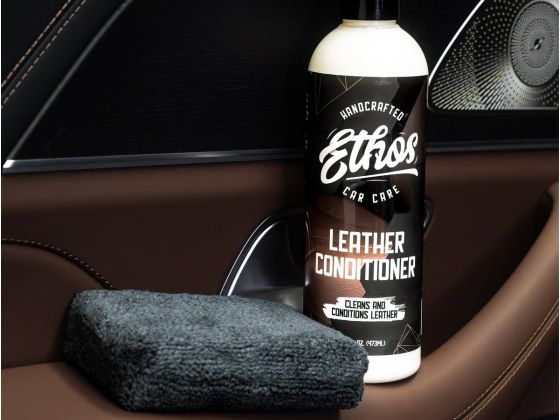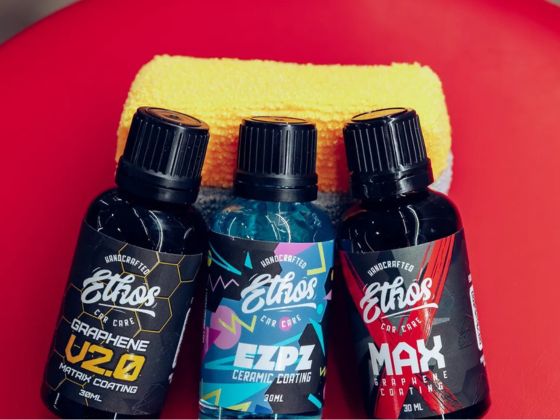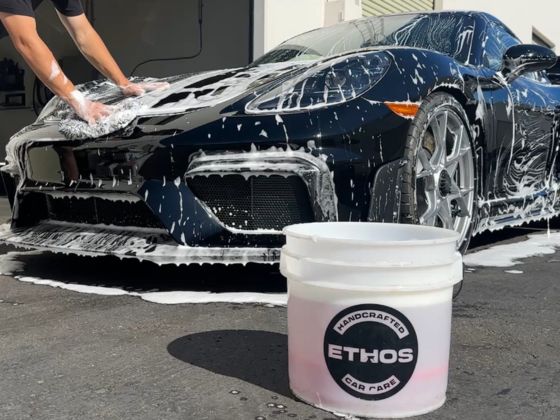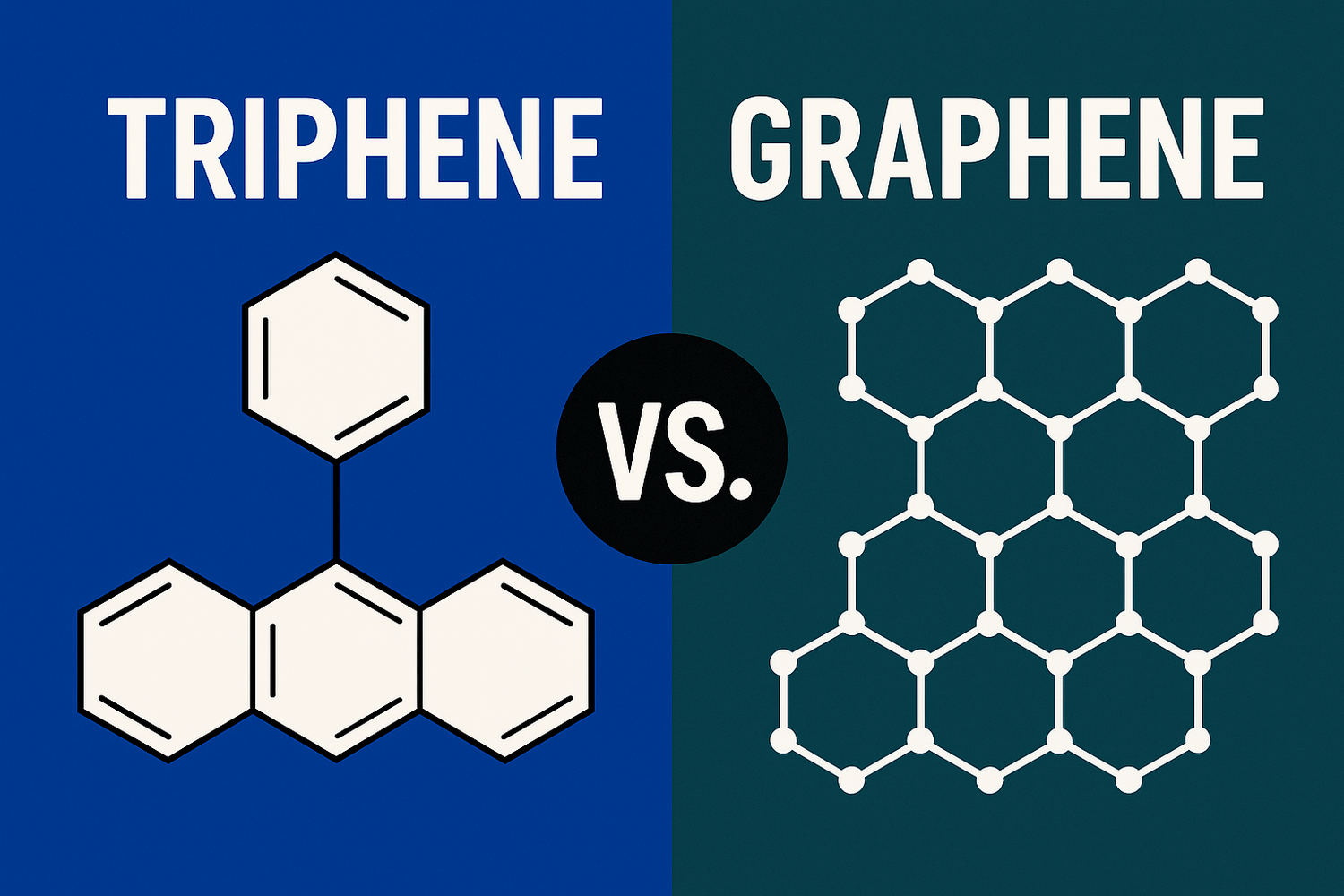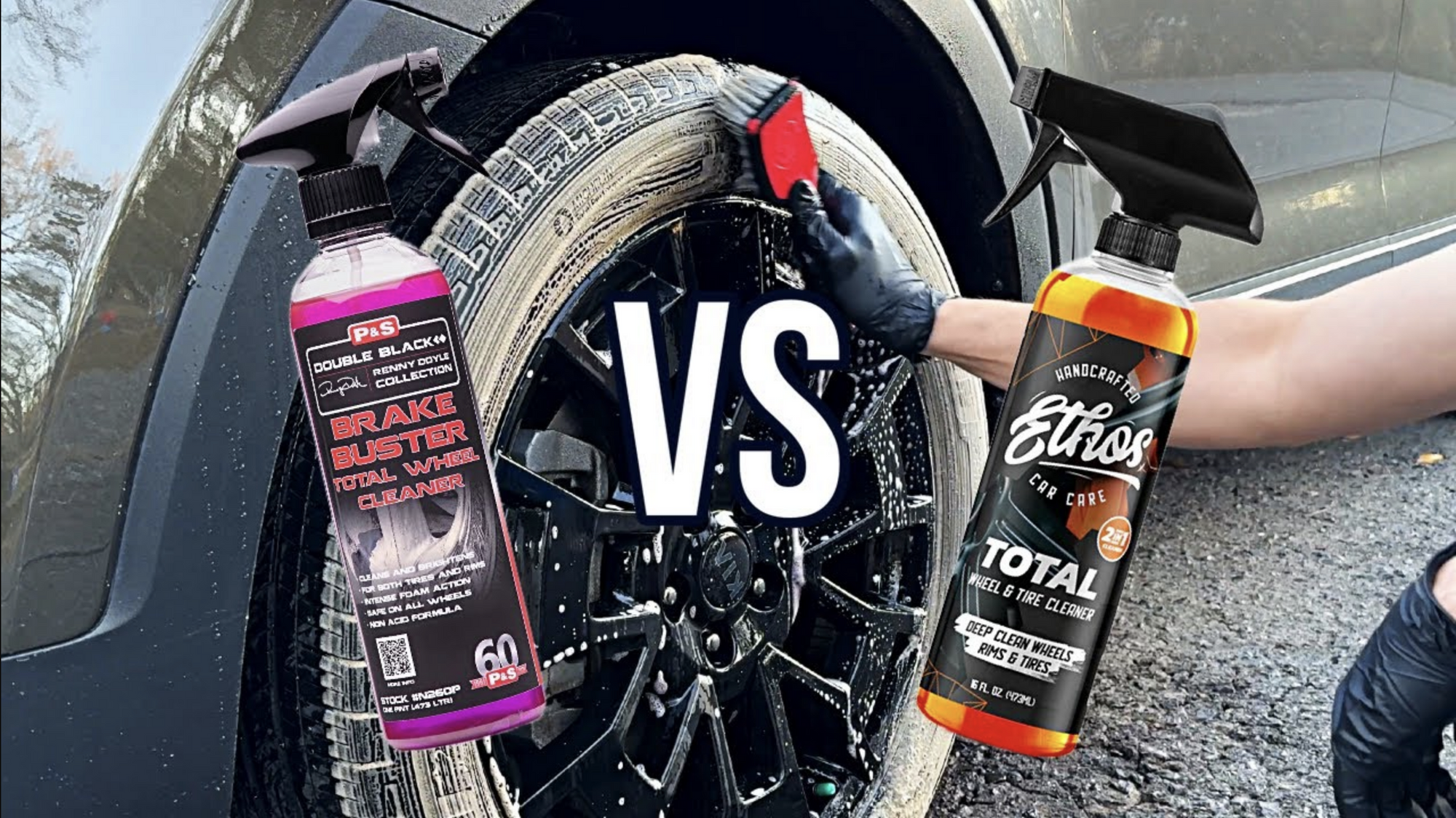Graphene vs. Triphene Coating: Which Car Coating Actually Works?
When looking to protect your vehicle's paintwork and achieve that head-turning gloss, the marketplace is flooded with a variety of ceramic and graphene coatings. However, lately, you've probably heard the buzzword "Triphene" circulating the auto detailing community, especially with the rise of products like MAXL's "Triphene" Instant Coating.
But what exactly is Triphene? How does it compare to Graphene, a scientifically proven and widely recognized coating? Let's dive deep and reveal why graphene-based coatings—particularly our Ethos Graphene Matrix Coating—consistently outperform "Triphene" coatings.
What is Graphene, and Why is it Revolutionary?
Graphene is a scientifically verified, revolutionary material composed of a single layer of carbon atoms arranged in a hexagonal lattice. First discovered in 2004 and awarded a Nobel Prize in 2010, Graphene is:
-
200 times stronger than steel, yet incredibly lightweight.
-
Highly conductive and resistant to heat.
-
Extremely hydrophobic, offering unparalleled water-repellency.
These properties translate perfectly into automotive coatings. Graphene creates a robust protective barrier over your car's paint, ensuring excellent durability, remarkable hydrophobicity, and exceptional gloss.
Learn more about Graphene Coatings →
What is Triphene, and is it Just Marketing Hype?
Triphene is a term popularized by MAXL, but despite its catchy name and marketing buzz, "Triphene" doesn't represent a scientifically recognized material or chemical advancement. In fact, no legitimate chemical or scientific literature supports the existence of Triphene as a unique compound beneficial to car coatings.
Simply put, Triphene is a brand-created term—an effective marketing tool that creates curiosity but doesn't stand up to scientific scrutiny or real-world testing.
Triphene vs. Graphene: Key Comparisons
Let's clearly compare Graphene coatings with the Triphene "technology" side by side:
| Feature | Ethos Graphene Coating | MAXL Triphene Coating |
|---|---|---|
| Chemical Basis | Scientifically proven graphene nano-resins | Marketing-created term with unclear chemistry |
| Durability | 5+ years | Not clearly documented |
| Hydrophobicity | Excellent | Moderate |
| UV Protection | High | Unknown/Undocumented |
| Scientific Validation | Extensively studied and validated | No scientific validation |
| Ease of Application | User-friendly, proven results | User-friendly, questionable results |
Graphene coatings, especially Ethos Graphene Matrix, have clear, verified scientific advantages and practical benefits.
Common Questions about Graphene and Triphene Coatings (FAQs)
Q: What exactly is Triphene made of?
A: Triphene has no recognized chemical formulation; it’s simply a marketing term with no clear scientific or chemical composition.
Q: Graphene vs. Triphene, which is actually better?
A: Graphene coating is superior due to its scientifically verified benefits, durability, and proven track record. Triphene lacks evidence or clarity about its effectiveness.
Q: How long does Graphene coating last?
A: Ethos Graphene Matrix coating can last 5+ years, depending on application quality and environmental factors.
Q: Does Triphene have any scientific backing?
A: Currently, there is no publicly available scientific research validating Triphene as a genuine automotive coating advancement.
Real-World Testing: Graphene's Proven Performance
Independent testing and automotive professionals consistently find graphene coatings outperform other popular coatings, including MAXL’s Triphene products. Graphene delivers:
-
Unmatched gloss and shine: Produces a deep, reflective gloss unmatched by conventional sealants.
-
Outstanding resistance to water spots: Due to graphene’s hydrophobicity, water sheets off effortlessly, preventing damaging spots.
-
Long-term paint protection: Resists UV damage, bird droppings, chemical stains, and oxidation significantly better than ceramic or traditional sealants.
Check out customer testimonials about Graphene Coating here →
Cost vs. Value: Graphene Outperforms Triphene
While products advertising "Triphene technology" might seem appealing due to aggressive marketing, real-world value tells a different story. Graphene coatings, particularly Ethos Graphene Matrix, provide superior value in durability, protection, and performance, far outweighing any minimal cost differences.
When considering a protective coating, it’s crucial to choose science over marketing hype.
Expert Opinions: Graphene vs. Triphene
Experts in automotive detailing unanimously prefer graphene coatings for their:
-
Verified protective properties.
-
Proven performance longevity.
-
Established industry reputation.
Top detailers consistently question the authenticity of Triphene as a beneficial coating, emphasizing Graphene’s tangible, scientifically backed benefits.
How to Apply Graphene Coating (Simple Steps)
Applying Ethos Graphene Coating is easy and straightforward:
-
Prep the Surface: Wash and fully decontaminate your car's surface.
-
Polish if Necessary: Remove defects or scratches with a quality compound such as Ethos Pure Cut.
-
Final Surface Prep: Use Ethos Detox to ensure complete surface preparation.
-
Apply Coating: Apply Graphene Matrix evenly and allow it to flash to a rainbow haze.
-
Buff Off: Use a quality microfiber towel to buff away any residue.
Watch our easy step-by-step Graphene application video →
Final Thoughts: Choose Proven Science—Choose Graphene
In a world of buzzwords and marketing hype, it's essential to trust verified results. Graphene coating offers unparalleled protection, gloss, and ease of use—backed by scientific evidence rather than marketing gimmicks.
Avoid falling for catchy but unsupported terms like "Triphene" and make a choice that will genuinely enhance your vehicle’s appearance, protection, and long-term value.
Experience the real difference.




